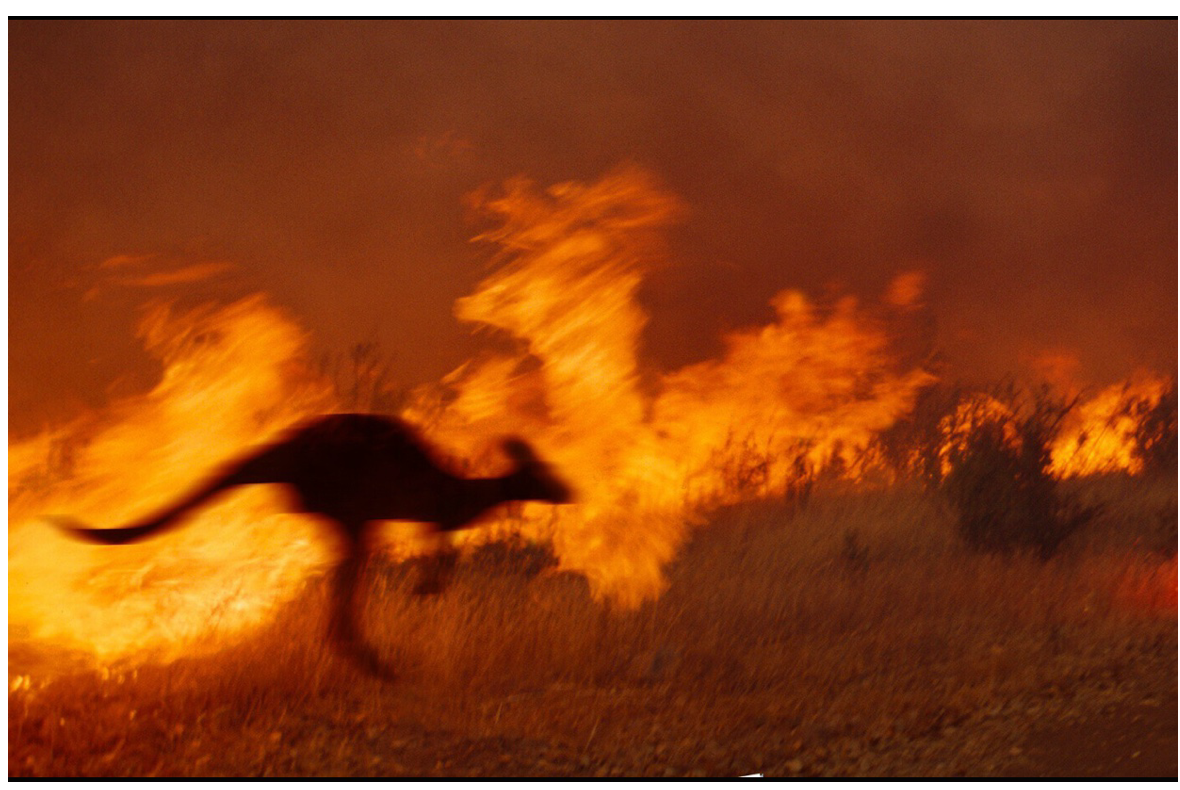
(AI TECHNOLOGY MAY SOON BE ABLE TO DETECT FIRES FROM SPACE)
June 26, 2024
Hello everyone,
In Australia, early detection of wildfires will become increasingly important. In the summer of 2019-2020, more than 12 million hectares, an area the size of England, was impacted.
The University of Sydney carried out an analysis for WWF-Australia, which showed that “about 143 million mammals, 2.46 billion reptiles, 181 million birds, and 51 million frogs occupied areas hit by the fires.” More than 60,000 koalas were killed.
Scientists from the University of South Australia believe they have found a way to use satellites and Artificial Intelligence (AI) to greatly increase the rates at which wildfires are detected.
Stationary satellites located up to 34,000km above the surface of the Earth, or lower, and orbiting satellites can both detect wildfires, but they have several limitations. The key innovation, say scientists, is to put sophisticated AI-enabled software into tiny cube satellites (CubeSats) that weigh just a few kilograms.
Geospatial scientist, Dr Stefan Peters, says that the idea has been modelled, and is soon to go live.
The Kanyini CubeSat (a collaboration between the Government of South Australia, a consortium of universities, and various industry partners) is scheduled to be launched on July 2, and Peters confirms that the onboard fire smoke detection solution will become operational at the end of this year or beginning of next.
Peters believes it should be able to reliably detect wildfires in less than one hour, whereas current satellites can take between 6-8 hours. Using a past fire event in the Coorong of South Australia, the AI approach took less than 14 minutes to detect smoke and relay the data.
Reducing the impact of wildfires has multiple benefits. Obviously, it protects millions of wild animals, as well as human lives and property, but it also stems from the huge release of carbon emissions during these catastrophic events.
WWF- Australia published a report following the 2019-20 wildfire season which said that somewhere between 400-700 million tonnes of carbon dioxide had been released. Let’s put that in perspective now. Australia’s annual emissions during the 12 months to June 2019 were about 500 million tonnes.
The cost of replacing these carbon stocks was estimated at somewhere between AU$1-2.8 billion.
Investing in early detection will surely pay dividends.

What is/are… CFDs?
Contracts for Difference, or CFDs, are a type of financial derivative used in CFD trading. The derivative works as an agreement to exchange the difference in price of an asset from when the position is opened to when it is closed. They can be used to speculate on the future price of a variety of financial markets like shares, forex, commodities, indices, or bonds.
When trading CFDs, the underlying asset is never exchanged between the buyer and the seller, and neither party needs to physically own it to begin with – CFDs are a purely speculative product. And because there is no need to own the underlying asset, CFDs can be used to take advantage of both rising and falling markets – known as ‘going long’ and ‘going short’.
CFDs are traded on leverage, which means that traders can benefit from magnified profits, but could also incur magnified losses.
I have used CFDs to trade Gold and Silver, QQQs, and single stocks.

Cheers,
Jacquie

